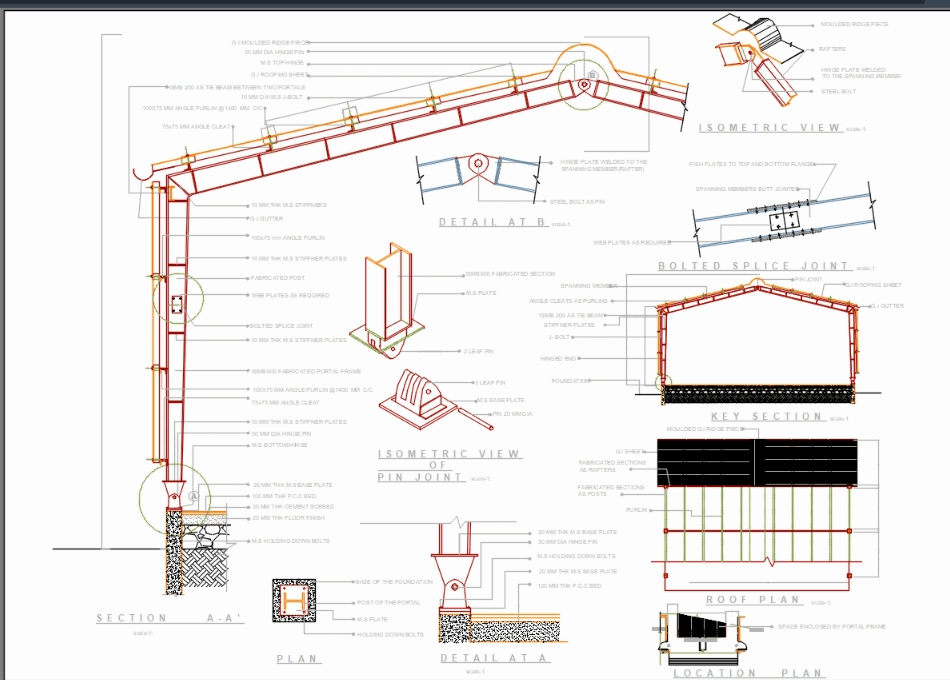
They are blocks that can have a variable appearance and placement using grip constraints. Dynamic Blocks are flexible and intelligent. They can automatically align themselves with existing geometry. They can have multiple insertion points. They can change visibility, representing multiple versions in one block instead of inserting multiple variations, and you can edit the geometry without exploding them. This enables you to modify the appearance of individual block references rather than searching for other block definitions to insert or redefining the existing ones.
After a dynamic block is inserted into an AutoCAD drawing, you can select it and modify its display through a special set of custom grips. That’s what AutoCAD calls them. When you select a nondynamic block, you see a single grip at the insertion point. One of the most powerful features of AutoCAD is dynamic blocks. I mostly use this feature to create dynamic symbols that can be used in drawings, like Section arrows, 2D Pipe ends, North Arrows, etc. A Dynamic block allows you to dynamically change 2D Objects in.
Why Should I Use Dynamic Blocks?
Using Dynamic Blocks In Autocad Project
Blocks, an essential part of nearly any drawing, are used to represent real-world objects. Different variations of real-world objects can require you to define just as many variations of blocks. Dynamic Blocks will reduce your block library size. They can be locked and protected from being exploded. They can be placed on a Tool Palette for greater organization and they will make you more productive by maintaining standards and reducing your clicks and picks.